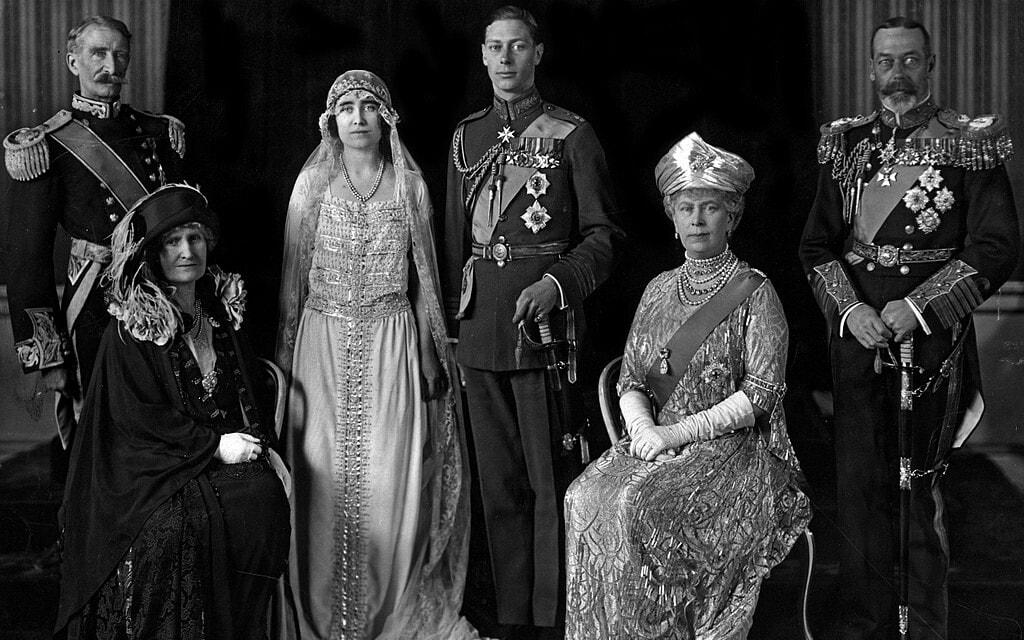When the Prince of Wales married Catherine Middleton in 2011, it was one of the most-watched events ever. 180 countries broadcast the wedding. 72 million people across the globe streamed a British royal wedding on YouTube. Most weddings won’t attract attention and fame. They will make a splash for a day, then turn into a memory buried beneath thank-you notes, moving houses, children, and other life obligations.
Photos capture the memories and moments of joy. Or comedy. Or terror. Royal and celebrity weddings are well documented. Almost everyone across the globe saw the moment the Prince and Princess of Wales married. But these historic photographs show it isn’t just royal or celebrity weddings that have fascinating stories behind the veil. Whether a unique custom, a sordid backstory, or just an unusual fashion choice, these rarely-seen images reveal historic weddings worth notice.
Princess Royal Victoria and Prince of Prussia Frederick William (1858)

This image is one of the earliest of a royal bride. Princess Royal Victoria married the Prince of Prussia, Frederick William in January of 1858 at St. James’s Palace Chapel Royal in London, England. The bride is seventeen-year-old Princess Royal Victoria (“Vicky”). Her parents, Queen Victoria and Prince Albert, stand with their daughter, lending support to her marriage.
The match made Queen Victoria and Prince Albert quite happy. They wanted Prussia as allies and a way to unite their families. By the time Vicky and Fritz married, Queen Victoria and Prince Albert had been educating their daughter in ways to unite Germany. The British people, unfortunately, were not happy about a Prussian match. Likewise, the Prussians didn’t like that Vicky retained her British Princess Royal title. Despite public outcry, the couple had a happy marriage and eight children.

